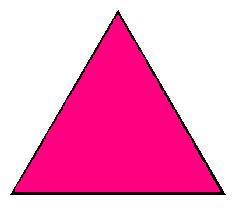
My intent this evening is to highlight three significant events since the 1940s:
"The pink triangle was used by the Nazis in concentration camps to identify and shame homosexuals. This symbol, which was used to label and shame, has been embraced by the gay community as a symbol of pride.However, in the 1930s & 1940s there was nothing celebratory about the pink triangle. Gays were forced to wear the pink triangle on their breast pockets in the concentration camps to identify them as homosexual to set them apart from other prisoners.
Triangles of various colors were used to identify each category of "undesirable": yellow for Jews, brown of Gypsies, red for political prisoners, green for criminals, black for anti-socials, purple for Jehovah's Witnesses, blue for immigrants, and pink for homosexuals.
The pink triangles were slightly larger than the other colored triangles so that guards could identify them from a distance. It is said that those who wore the pink triangles were singled out by the guards to receive the harshest treatment, and when the guards were finished with them, some of the other inmates would harm them as well.
At the end of the war, when the concentration camps were finally liberated, virtually all of the prisoners were released except those who wore the pink triangle. Many of those with a pink triangle on their pocket were put back in prison and their nightmare continued.
One of the groups that was targeted for extermination by the Nazis continues to be under attack to this day, not just verbally but physically, all over the world: homosexuals. The fact that gays were put in German concentration camps is not known by many. The stories of the survivors reveal an unimaginable cruelty and suffering. It is the same kind of senseless, irrational hatred that still haunts Gays, Jews, Blacks, and other minorities today.
The Taliban in Afghanistan required non-Muslims to wear identifying badges on their clothing, just as the Nazis required their "undesirables" to wear identifying logos so long ago. History repeats itself.
The list of systematic, deliberate and well-orchestrated exterminations is a long one. The Armenian Genocide of 1915 - 1918 in the Ottoman Turkish Empire, the Holocaust, the Khmer Rouge in Cambodia, the ethnic cleansing of Bosnia and the Sudan, and numerous other genocidal campaigns are testament of the world's complacency.
It seems the lessons of the Holocaust and the Pink Triangle have been lost on many. Because "those who forget history are doomed to repeat it" we continue to display the Pink Triangle atop Twin Peaks. It is important to keep alive the memory of the Holocaust victims and to remind everyone of the consequences of unchecked hatred.
The Pink Triangle display is also intended as an instrument to initiate discourse about hate crimes. We want to help prevent others from experiencing the results of hatred that Matthew Shepard, Allen Schindler, Brandon Teena, and countless others have been subjected to. If we can help prevent additional crimes like those committed against them, we will have been successful in our attempt to inform the public." (courtesy of PinkTriangle.com...Gay Pride, 2015)
Stonewall Riots...the beginning of our movement:
"The Stonewall riots were a series of spontaneous, violent demonstrations by members of the gay (LGBT) community[note 1]against a police raid that took place in the early morning hours of June 28, 1969, at the Stonewall Inn, located in the Greenwich Village neighborhood of Manhattan, New York City. They are widely considered to constitute the single most important event leading to the gay liberation movement and the modern fight for LGBT rights in the United States.[2][3]
Gay Americans in the 1950s and 1960s faced an anti-gay legal system.[note 2][4] Early homophile groups in the U.S. sought to prove that gay people could be assimilated into society, and they favored non-confrontational education for homosexuals andheterosexuals alike. The last years of the 1960s, however, were very contentious, as many social movements were active, including the African American Civil Rights Movement, the Counterculture of the 1960s, and antiwar demonstrations. These influences, along with the liberal environment of Greenwich Village, served as catalysts for the Stonewall riots.
Very few establishments welcomed openly gay people in the 1950s and 1960s. Those that did were often bars, although bar owners and managers were rarely gay. At the time, the Stonewall Inn was owned by the Mafia.[5][6] It catered to an assortment of patrons and was known to be popular among the poorest and most marginalized people in the gay community: drag queens, representatives of the transgender community, effeminate young men, male prostitutes, and homeless youth. Police raids on gay bars were routine in the 1960s, but officers quickly lost control of the situation at the Stonewall Inn. They attracted a crowd that was incited to riot. Tensions between New York City police and gay residents of Greenwich Village erupted into more protests the next evening, and again several nights later. Within weeks, Village residents quickly organized into activist groups to concentrate efforts on establishing places for gays and lesbians to be open about their sexual orientation without fear of being arrested.
After the Stonewall riots, gays and lesbians in New York City faced gender, race, class, and generational obstacles to becoming a cohesive community. Within six months, two gay activist organizations were formed in New York, concentrating on confrontational tactics, and three newspapers were established to promote rights for gays and lesbians. Within a few years, gay rights organizations were founded across the U.S. and the world. On June 28, 1970, the first Gay Pride marches took place in New York, Los Angeles, San Francisco[7] and Chicago commemorating the anniversary of the riots. Similar marches were organized in other cities. Today, Gay Pride events are held annually throughout the world toward the end of June to mark the Stonewall riots." (courtesy of Wikipedia)
"No union is more profound than marriage, for it embodies the highest ideals of love, fidelity, devotion, sacrifice, and family. In forming a marital union, two people become something greater than once they were. As some of the petitioners in these cases demonstrate, marriage embodies a love that may endure even past death. It would misunderstand these men and women to say they disrespect the idea of marriage. Their plea is that they do respect it, respect it so deeply that they seek to find its fulfillment for themselves. Their hope is not to be condemned to live in loneliness, excluded from one of civilization’s oldest institutions. They ask for equal dignity in the eyes of the law. The Constitution grants them that right."
It truly has been a journey these last 40 to 50 years. I remember being a kid...just recognizing that I might be "different" and reading about the Stonewall riots in either Life Magazine or Look Magazine...and not really understanding. Now I do.
When I first came out and went to the gay bars in Minneapolis and St. Paul, the police still raided the bars. I remember being told by veteran gays that it was best not to kiss anyone in the bar for you could be arrested. We have come a long way since that time. Lives have been lost, lives have been saved, and lives continue.
So, this past weekend was one of remarkable celebration. It is my hope that the photos I took over the weekend capture the joy of celebration that was this weekend.
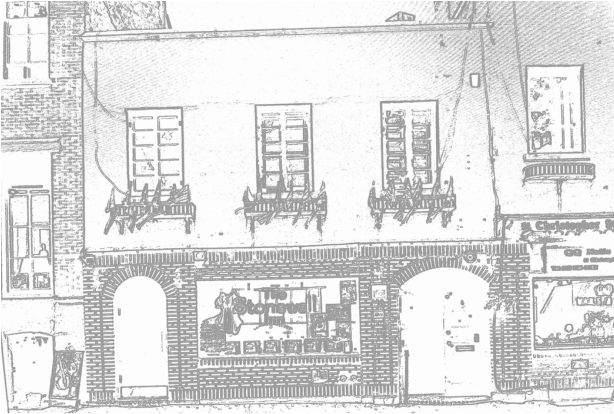
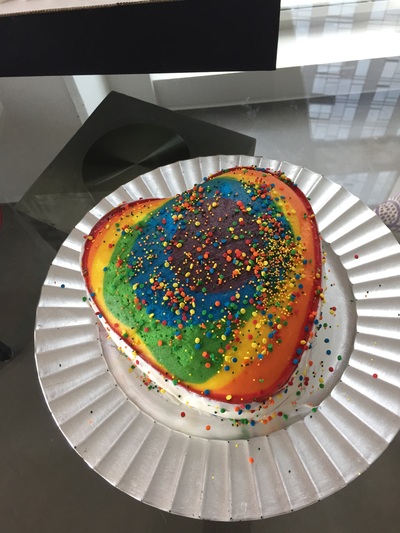
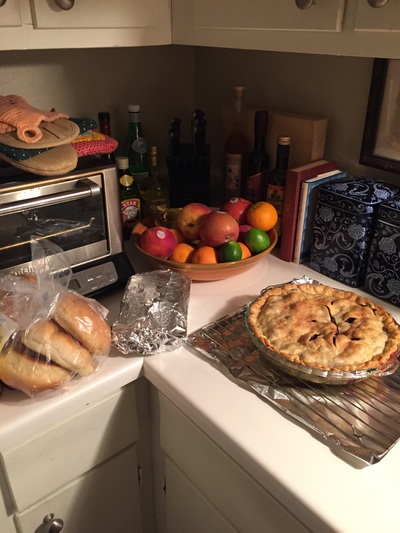
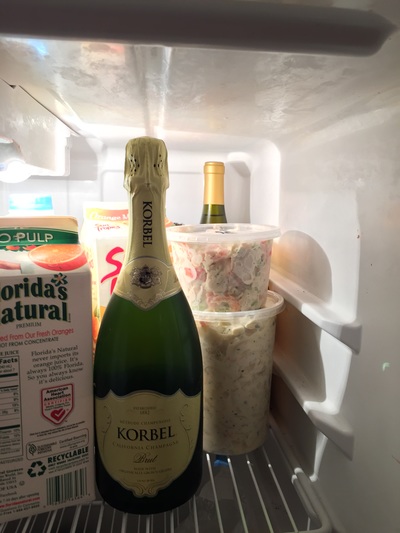
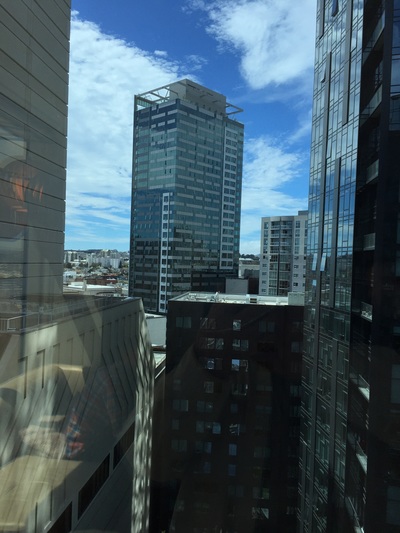
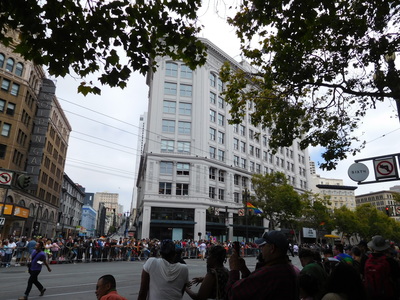
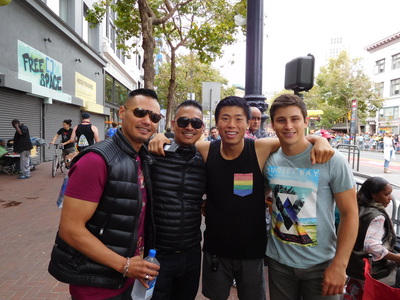
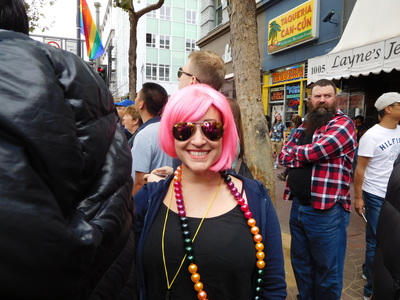
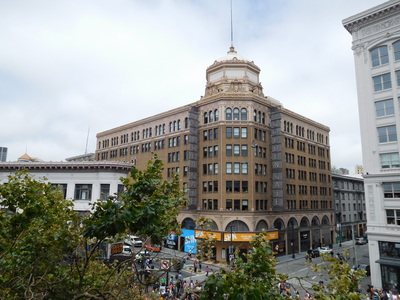
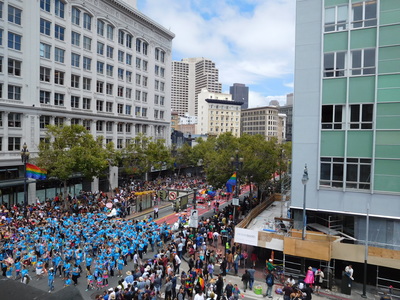
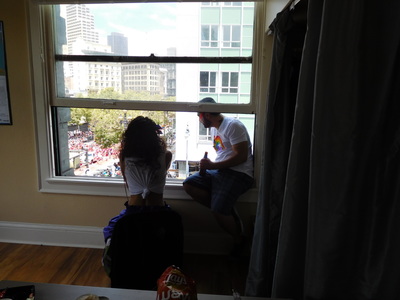
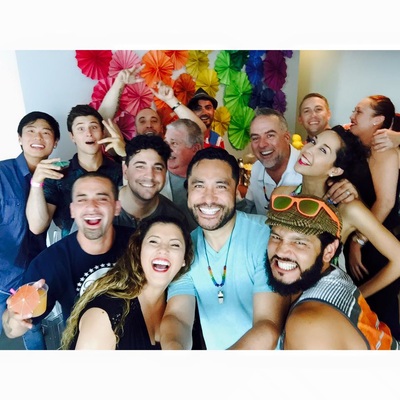
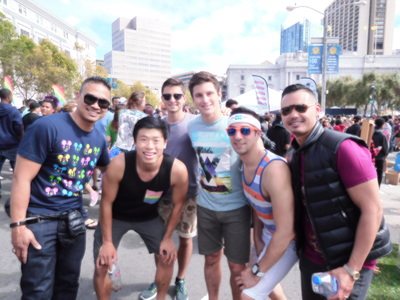
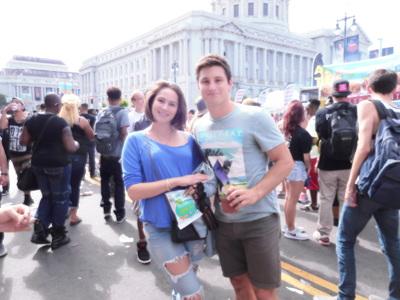
 RSS Feed
RSS Feed